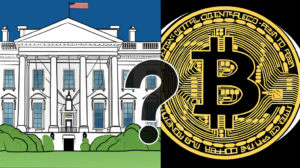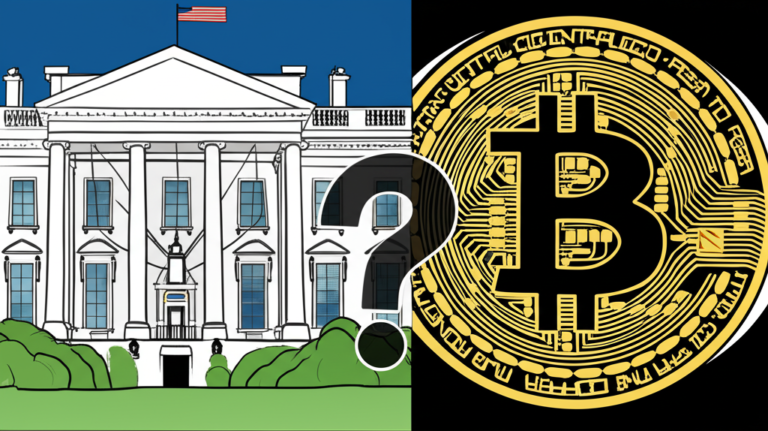Can the Digital Euro Compete? ECB Adviser Casts Doubt on Matching US Dollar Stablecoins
The race for digital currency dominance is heating up, and a recent statement from a European Central Bank (ECB) adviser has ignited a debate about the future of the digital euro. Jürgen Schaaf, an ECB adviser, expressed doubt that a solely central bank-issued digital euro can effectively compete with the already established and rapidly expanding market of US dollar-pegged stablecoins. This raises crucial questions about the digital euro’s potential impact and the overall landscape of global digital finance.
The Challenge of US Dollar Stablecoin Dominance
The explosive growth of US dollar stablecoins like Tether (USDT) and USD Coin (USDC) has established them as key players in the crypto ecosystem. These stablecoins, designed to maintain a 1:1 peg with the US dollar, offer a relatively stable alternative to volatile cryptocurrencies and facilitate seamless transactions within the crypto space. Their widespread adoption and integration into decentralized finance (DeFi) applications have given them a significant head start. Reports suggest that the combined market capitalization of major stablecoins often exceeds hundreds of billions of dollars.
Schaaf’s Concerns and Proposed Solutions
Schaaf’s skepticism stems from the belief that a centrally issued digital euro might not be able to replicate the flexibility and accessibility of these privately issued stablecoins, which already enjoy considerable network effects. He suggests that the ECB might need to rely on a combination of strategies, including:
-
Regulated Euro Stablecoins: Encouraging the development and regulation of privately issued euro-pegged stablecoins within a robust regulatory framework could help foster competition and innovation within the eurozone. This approach would allow private entities to leverage their expertise in developing user-friendly and scalable solutions.
-
Private Sector Innovation: Leveraging the ingenuity of the private sector could lead to more innovative and adaptable digital euro solutions that can better compete with existing US dollar stablecoins. This requires collaboration between the ECB and private entities.

These strategies suggest a more nuanced approach than simply relying on a purely central bank-backed digital euro. The ECB, according to Schaaf’s implied suggestion, might need a multi-pronged strategy to ensure its digital currency maintains competitiveness on the global stage.
Implications for the Future of Digital Finance
Schaaf’s comments underscore the challenges faced by central banks worldwide in navigating the rapidly evolving digital finance landscape. The dominance of US dollar stablecoins highlights the influence of market forces and the potential for private sector innovation to shape the future of money. The success of the digital euro will depend not only on its technical capabilities but also on its ability to adapt to the evolving demands of users and the competitive pressures exerted by established players.
The debate over the digital euro’s potential and the role of private sector stablecoins will undoubtedly continue to shape policy discussions and technological developments in the coming years.
Key Takeaways:
- ECB adviser Jürgen Schaaf doubts a solo digital euro can rival US dollar stablecoins.
- The dominance of US dollar stablecoins presents a significant challenge to the digital euro.
- Schaaf suggests a strategy combining regulated euro stablecoins and private sector innovation.
- The future of the digital euro depends on its adaptability and ability to compete effectively.
- This highlights the complexities of central bank digital currencies (CBDCs) in a decentralized and rapidly evolving market.










